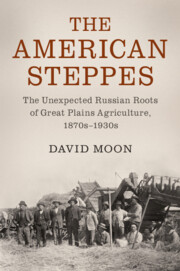The scientific community and most mainstream agriculturalists typically design fertilizer recommendations to provide a ‘sufficient level of available nutrients’ to meet the annual N, P and K requirements of common field crops. Soil balancing is another approach to managing soil fertility that focuses on the levels of Ca, Mg and K to achieve a desired base cation saturation ratio (BCSR). Soil balancing is believed to be practiced frequently by organic and other alternative farmers but is viewed skeptically by conventional agricultural scientists due to a lack of support for the idea in the published scientific literature. This study represents a pioneering effort to collect systematic data on the extent of soil balancing, how it is practiced and the types of outcomes reported by organic farmers. Our survey of over 850 farmers who grow certified organic corn in Indiana, Michigan, Ohio and Pennsylvania found that over half report using a soil-balancing approach based on BCSR. Their practice of soil balancing frequently includes more than management of base cations, but also uses a wide range of soil amendment products (such as purchased organic NPK fertilizers, micronutrients, microbial stimulants and soil inoculants) other than those applied specifically for cation balance. Farms that rely on vegetable and dairy production for most of their income, and Amish farmers who rely on horses for fieldwork, were more likely to report using a soil-balancing program. Self-described soil balancers perceived positive agronomic outcomes from the use of a BCSR program, including improvements in soil physical and biological properties and improved crop health and quality. Although farmers in our study report extensive use and positive perceived outcomes from soil-balancing methods, the scientific research literature has been unable to reproduce evidence that manipulating soil base cation levels has any systematic effect on crop yield. Future research could consider the interacting effects of BCSR with other field management practices to more closely approximate the actual practices of farmers.
